

FTL: Faster Than Light is likely one of the biggest indie hits of the year, and stands as more evidence that Kickstarter is a system which simply ‘works’ for indie projects. The game is the first roguelike title to reach major success since The Binding of Isaac, and hopefully will inspire more like-minded games and studios. Faster Than Light puts players in the position of a ship’s captain attempting to escape a rebel fleet and return to the last stand of the Federation – fighting past rebels, pirates and hostile species while trying to shape up for the final fight – yet fast enough to avoid detection by the rebel fleet.
If it sounds a little hectic, that’s because it is – but in everything it does, FTL delivers well-balanced and truly entertaining gameplay. Players will feel true panic when their systems are being overloaded and the oxygen room takes a hit whilst their crew is simultaneously running around for repairs and fighting off enemies who’ve boarded the vessel. The action can get hectic, but it never stops truly being fun.
Players will find themselves trying to micromanage their crew, weapons and subsystems in parallel as each and every battle could be their last. Once your ship explodes, it’s game over – there’s no going back. Each playthrough is certainly a learning experience, giving the player more pieces of information (and unlockable ships) to work with to try and make it further next time.
The player must traverse through eight sectors to reach The Last Stand location and fight the final boss. Players are forced to run from an ever-advancing rebel fleet after each FTL jump, which insures the game is always played at a certain speed, somewhat rushing the player to the ending before they can fully upgrade their ships. The game randomizes the type of each sector f0r each playthrough, which can help or hinder each individual game. Hostile territories present plenty of enemy presence, but also the opportunity for greater salvage. Civilian and friendly areas present the opportunity to find weapons without as much constant fighting. The third type – mysterious unexplored nebulas – slow down the Rebel Fleet from following you, but bring out massive ion storms and limited visibility during combat.
Players will have to micromanage their crew as areas become damaged.
Combat is rife with challenging micromanagement, as crewmembers of each species are fitted for different tasks. Mantis are exceptional fighters but slow to repair, whilst Engis repair twice as fast, but deal out half the damage when in combat. Finding the right balance for each playstyle will be important, and often discovered through a trial by fire process. Regardless of what species your crew is, it’s usually a good idea to get as many as possible – you never know when enemies will board, or who you might lose during a text-based choice event, which offer bonus rewards but may also earn you some hull damage or the death of a crew member for taking chances.
There are a four types of weaponry: missiles, lasers, beams, and bombs. Each have their own advantages (missiles go through shields, lasers don’t require ammo, beams hit more than one room, and bombs simply explode a lot). Finding what combinations work best – and exploiting the ones which do – is one of the most entertaining parts of the game. There’s no better feeling than taking down an enemy ship before they even have a chance to breach your shields – though FTL will likely knock you down a peg when you’re feeling invincible.
The only thing the game truly lacks is full-featured content. What it has included in the game is well-balanced and performs to near perfection, but there’s just not enough to satisfy players who want to thoroughly explore the game. With a limit of eight sectors featuring six regular races, players are left to experiment with only a few weaponry combinations in their limited runs. However, fans will likely still enjoy returning to the game, despite the lack of content, which is a testament to the addictive and challenging environment the title provides.
If you like micromanaging and space, FTL is worth the $10 price tag but is limited by a lack of variance in enemies and options. More content would help round out the package but, even as it stands, FTL is still a good title with addictive gameplay. Should you try it out? Absolutely.
–
FTL: Faster Than Light is available now for Mac and PC.
Follow me on Twitter @Makelevi.
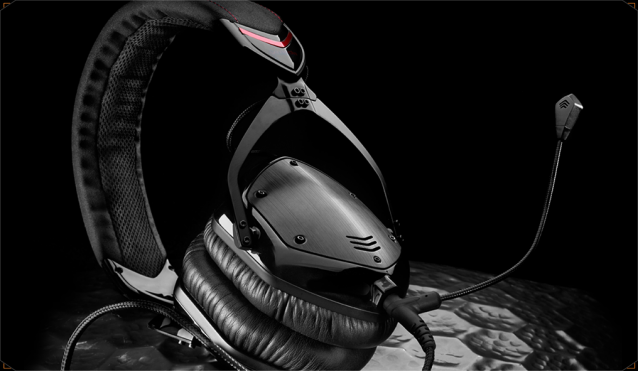
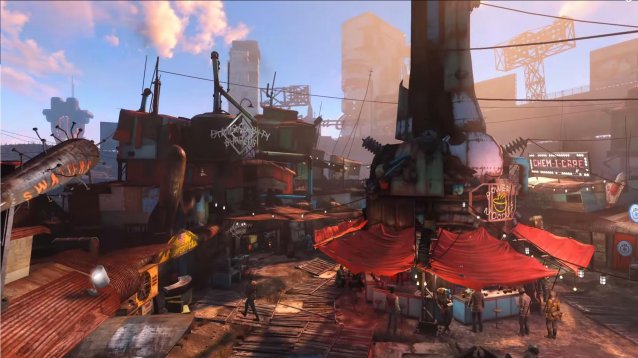
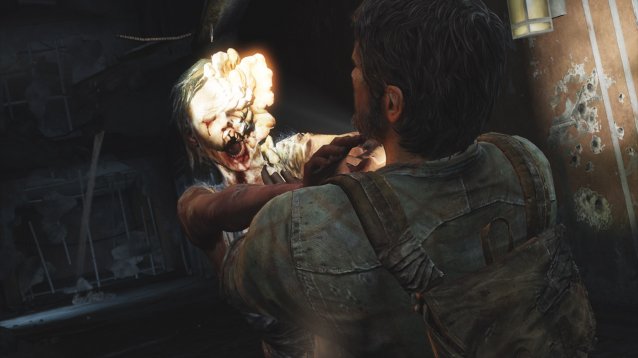

 Top 10 Post Apocalyptic Games of All Time
Top 10 Post Apocalyptic Games of All Time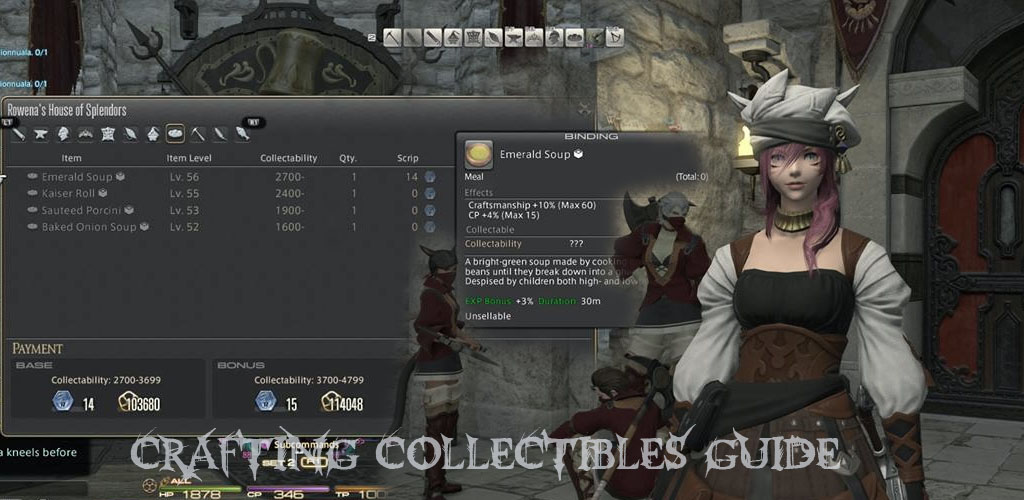 FFXIV: The Collectibles Guide – Crafting Edition
FFXIV: The Collectibles Guide – Crafting Edition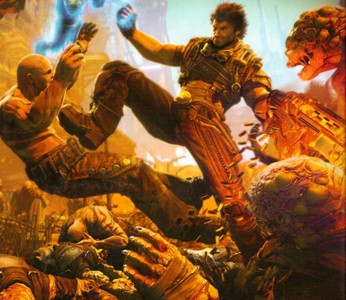 Bulletstorm Complete Secret Skillshots Guide
Bulletstorm Complete Secret Skillshots Guide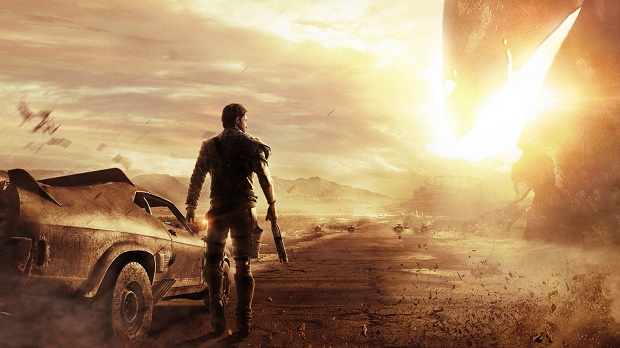 Mad Max: The Game Review (PS4)
Mad Max: The Game Review (PS4)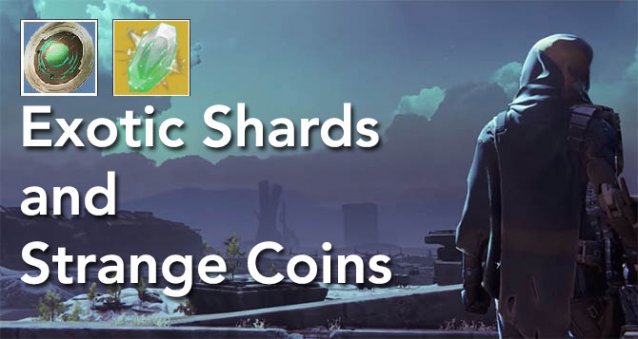 Destiny: The Taken King Guide - How to Get Exotic Shards and Strange Coins
Destiny: The Taken King Guide - How to Get Exotic Shards and Strange Coins